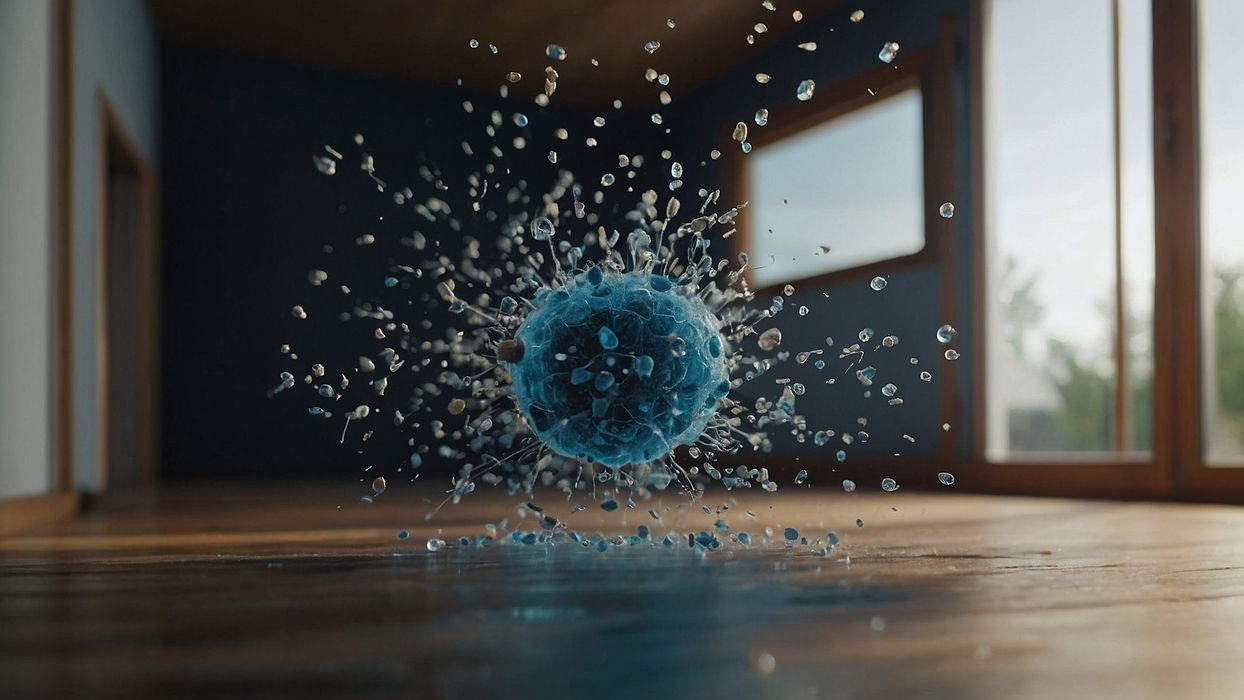
How bad, exactly, are the emissions from 3D printing?
There’s been much talk about the safety of 3D printers, but I’d like to add some data points for your consideration.
There are two main concerns with 3D printer emissions. The first is nanoparticles, and the second is volatile organic compounds, or “VOCs”.
Nanoparticles are extremely tiny particles that are so light they easily become airborne. These particles float around in the air and can potentially be inhaled. Once in your lungs they may stay there forever, possible causing problems.
VOCs are a bit different. Rather than the “mechanical” problems of nanoparticles, these cause chemical issues. Many chemicals are considered toxic to various degrees, and sometimes these are emitted by 3D printers.
Both FFF and resin 3D printers generate emissions, although they do so differently. FFF systems heat up a filament, but that heat causes the emissions to occur. Typically the higher the heat, the more emissions occur.
Some filament materials tend to generate more emissions than others. PLA is one of the lower generators, which is good news as it is the most popular 3D print material. Others, such as ABS, tend to emit more, again due to higher temperatures.
On the resin side there is no heat involved. However, the liquid resin itself simply evaporates into the air — that’s what you smell when working with these devices. Your nose is a decent emission detector — if you can smell it, there’s definitely something there. However, there can also be smaller quantities that you cannot smell.
It’s good practice to follow safety protocols when using both FFF and particularly resin 3D printers.
The first step is, if possible, ensure the system itself has some ability to contain or eliminate emissions. For example, many recent FFF devices include an enclosure with an air filtration system. The best filtration systems use a combination of HEPA and activated carbon to catch as much as possible.
With resin 3D printers there are some different possibilities. A few recent machines will include a small filtering system that’s placed within the build chamber. These help, but don’t really do much when the cover is off while working on a job.
In both FFF and resin devices it’s good practice to use some form of ventilation. Active ventilation is far better than passive. Some will say they “open the window” during printing, and that’s almost always not good enough. Besides, there are plenty of times when it’s not possible to open a window — and there may not even be a window!
In those cases a fume extraction unit should be considered. These are standalone devices that attach to the printer and suck contaminated air through a professional filter.
If you do all those things your emission levels will certainly be less than otherwise.
However, there’s another thing to consider: there are plenty of other sources of emissions in your home or office.
One of the biggest sources of airborne particles is in the kitchen. Frying up some food generates massive amounts of airborne emissions, and we do this every day.
If we are wary of 3D printer emissions, we should also be wary of kitchen emissions. Fortunately, many kitchens include a blower or air filter above the stove. If you have one, use it!
The thing to remember here is that emissions are not just something that comes from evil devices. Emissions can happen in other circumstances, and you should be aware of them and be ready to take action.
Be safe!
